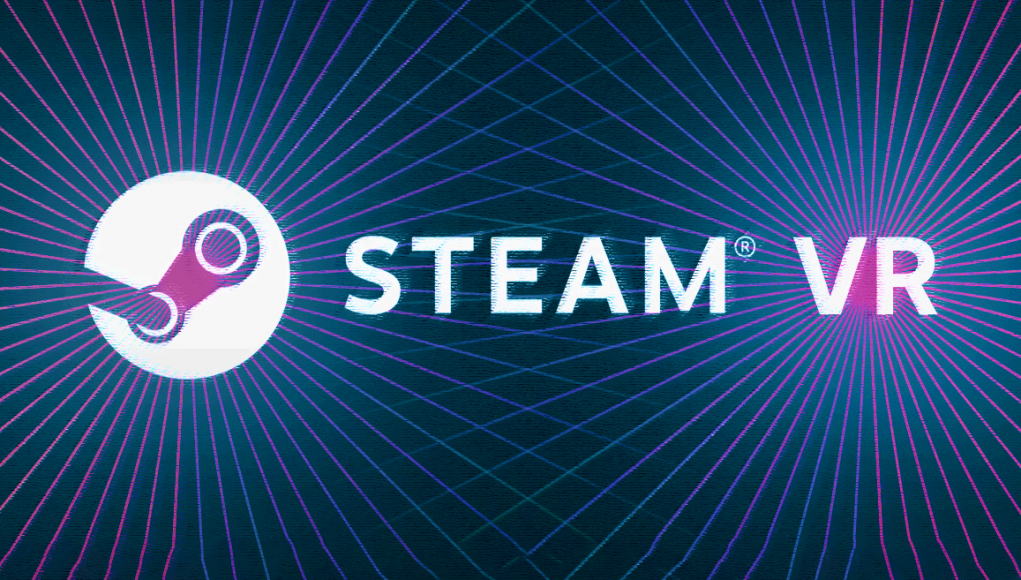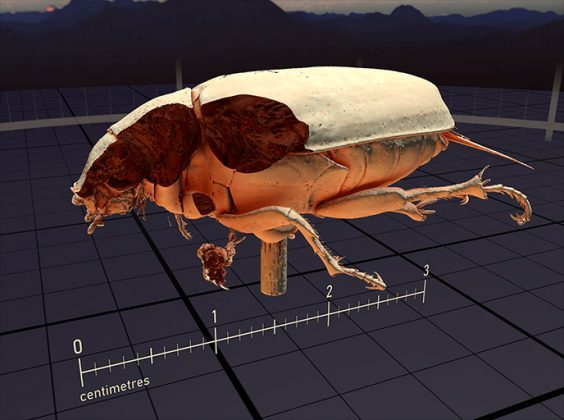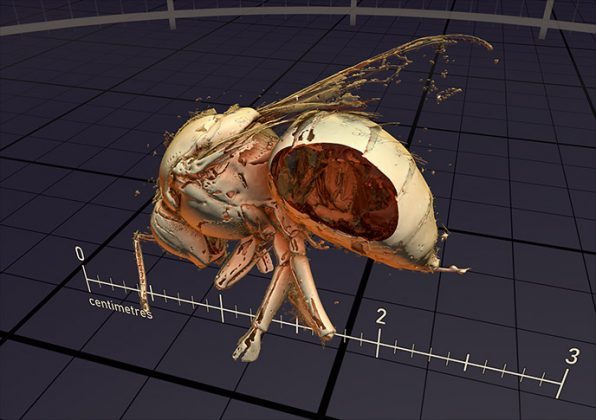Valve this week released the SteamVR 1.23 update which brings with it a new set of bugs.
Dead bugs, that is. The latest update to SteamVR includes a curious addition… a new SteamVR Home destination that includes CT scans of dead bugs “found lying on the ground” outside of Valve’s office.
The company explains:
A CT scan involves passing X-rays through a subject at different angles—captured data is then processed with a computer to generate a 3D voxel grid representing density at each point. These scans were produced using an industrial CT scanner capable of extremely high resolution scans—gigabytes of voxel data being converted into simpler 3D models capable of being rendered in real-time on your GPU.
If you’d like to see the dead bugs for yourself, subscribe to Valve’s ‘CT Scans’ home environment here.
The rest of the SteamVR 1.23 update has a handful of figurative bug fixes, improvements to OpenXR, and some small Quest 2 tweaks said to “reduced controller position jitter,” and “improve the Quest 2’s grip trigger animation.”
Dead bugs are cool and all, but it certainly doesn’t bolster confidence that Valve is taking VR very seriously at the moment. Similar to the last SteamVR update back in May, which added another new SteamVR Home environment, the dead bug update strikes us as the hobby project of a single Valve employee.
The company has been making slow improvements to the SteamVR interface and continued to work on the platform’s OpenXR support; but otherwise it has been extremely quiet about any future plans for VR games, hardware, store improvements, or native SteamVR versions of core Steam features like friends list, voice chats, a fully functional store and library, achievements, and more.









